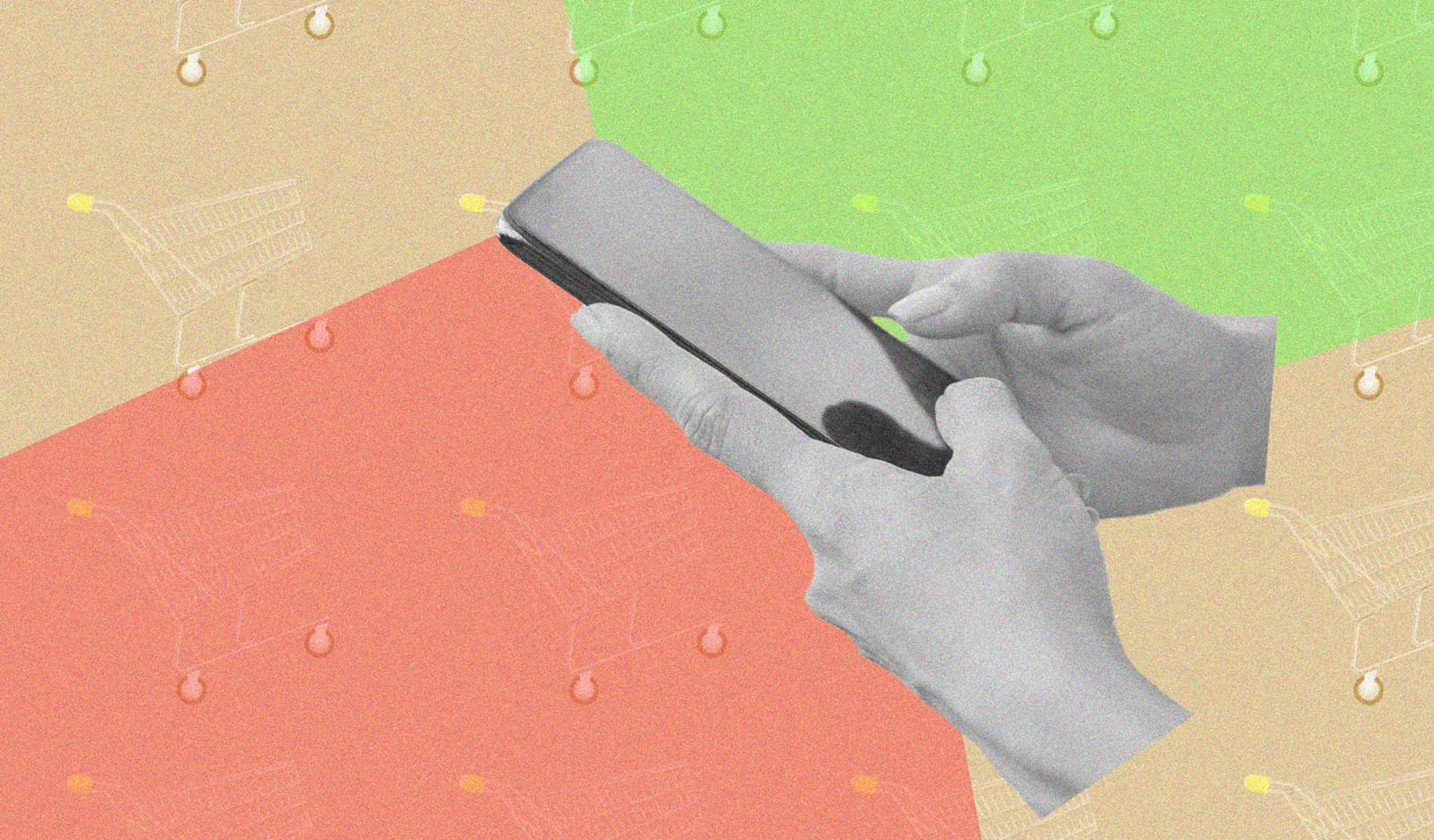by Theodore Kinni

Cory Hall
In the past couple of years, a new payment option has become almost ubiquitous on online retailers’ checkout screens: Buy Now, Pay Later.
This fintech innovation offers consumers instant financing for large and small purchases on a transactional basis. In a typical purchase, a shopper might pay 25% down for that new sofa or this week’s groceries and pay off the remaining 75% in three equal installments — one every two weeks. If they make the payments on time via a bank account or credit card, the loan is interest-free.
Over the past decade, fintech companies such as Klarna, Affirm, and Afterpay have taken Buy Now, Pay Later from a niche alternative to a mainstream choice by signing up tens of thousands of retailers. The retailers offer BNPL as a payment option at the point of sale and pay a small merchant fee, as with credit cards.
Unlike plastic, however, BNPL does not require a rigorous credit check. That’s made it a hit with consumers, especially younger adults without well-established credit. Total loan volume among the largest BNPL providers grew from $8.3 billion in 2020 to $24.2 billion in 2021, according to the Consumer Financial Protection Bureau. During the 2023 holiday season alone, shoppers availed themselves of $16.6 billion in BNPL loans. Estimates for near-term growth range widely, though it’s been estimated that global loan volume could reach $1 trillion by 2025.
“BNPL is a pretty slick innovation. It is convenient and it’s basically free credit if you pay it off on time,” says Ed deHaan, a professor of accounting at Stanford Graduate School of Business.
However, it also has the potential for misuse and abuse. Read the rest here.
No comments:
Post a Comment